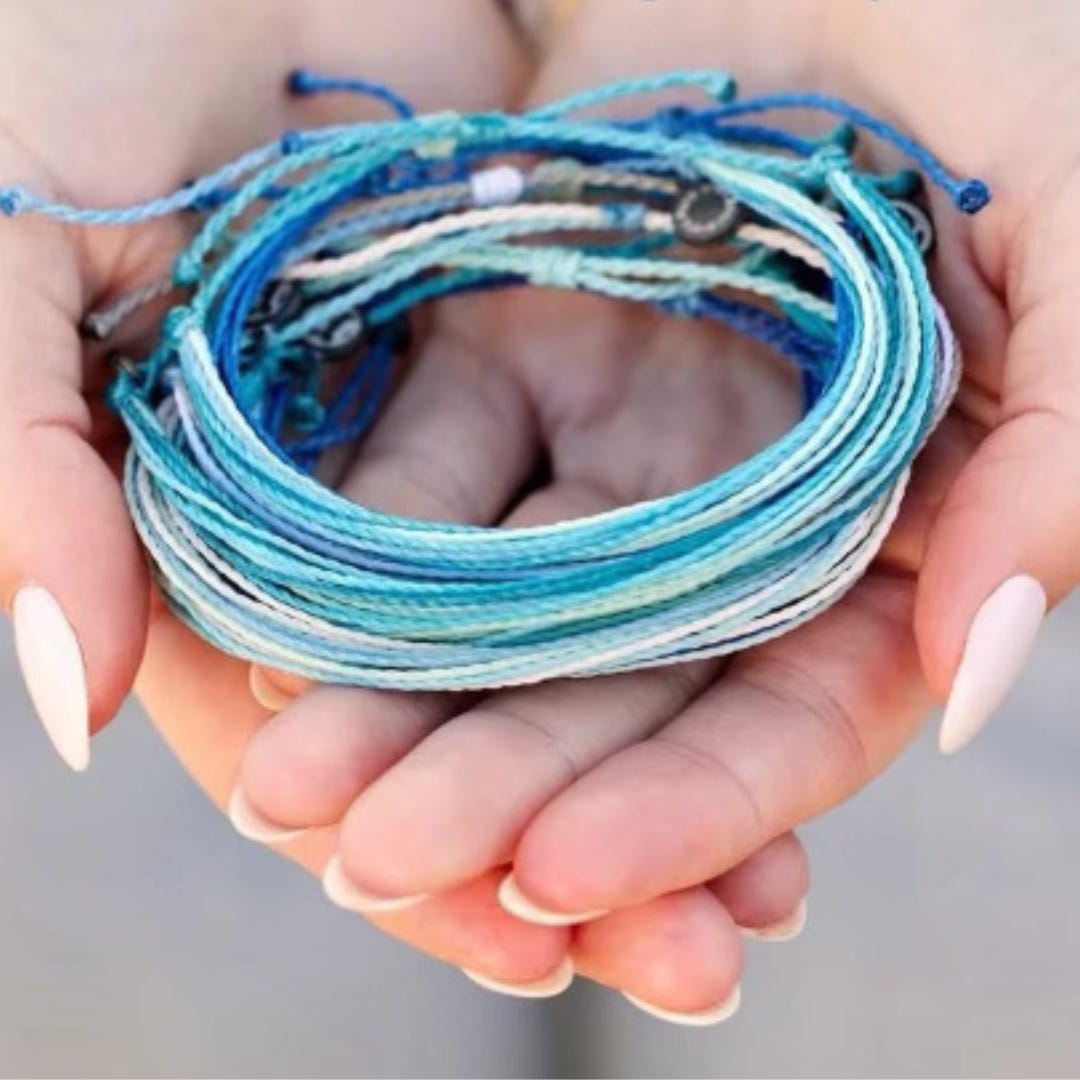Are Blue Bracelets the Solution or a Symptom? Decoding Safety Signals in Allyship
Unpacking the Blue Bracelet: Safety, Symbols, and Subtle Supremacy
What does safety mean in a world where symbols, like a blue bracelet, attempt to speak for us? For white women, this bracelet is meant as a symbol of safety, but who defines what ‘safe’ means in the context of allyship and liberation?
A new “safety” symbol has emerged in certain circles: the blue bracelet. This piece of jewelry is meant to signal that the white woman wearing it is a “safe” ally. It’s subtle, easy to wear, and supposedly sends a clear message. But a critical question arises: safety for whom? And at what cost?
For those of us who are not white, race is not an identity we can shed or put on at will. It is not an accessory; it is inescapable. We experience the impacts of supremacy culture daily, and while an ally may wear a blue bracelet to signal “safety,” they hold the ability to remove that bracelet when it feels inconvenient or risky. For Black, Indigenous, and other people of color, there is no “removing” our race for safety.
So, if safety can be put on and taken off like jewelry, what does it truly accomplish? This question reveals why the blue bracelet falls short of meaningful allyship. True safety demands a commitment to dismantling supremacy culture—a culture that ensures race is our first identity, one that defines and shapes our experiences before any other factor. No amount of assimilation frees us from the biases, assumptions, and oppressions embedded in this culture.
Symbol vs. Substance: When Allyship Gets Comfortable
Allyship isn’t a title; it’s a practice, one that’s lived and unavoidably complex. But with symbols like the blue bracelet, there’s a powerful shift happening: rather than addressing the real work of dismantling white supremacy, this symbol keeps things comfortable. It’s a quick fix—a “solution” that requires no actual labor, no accountability, and, importantly, no discomfort.
This approach upholds several pillars of supremacy culture:
Defensiveness: The bracelet acts as a shield against criticism, allowing the wearer to signal allyship without facing real scrutiny. It’s a form of defensiveness that shifts the focus away from more substantive actions, placing comfort over accountability.
Fear of Open Conflict: Wearing a bracelet to avoid the risk of being perceived as “unsafe” avoids the messy, necessary work of open dialogue, self-examination, and growth. True allyship isn’t conflict-free—it’s built on the willingness to engage with discomfort and learn through it.
Superiority: Declaring oneself “safe” through a symbol rather than through action reinforces a sense of superiority, subtly saying, “I am better; I am above those who aren’t wearing this bracelet,” rather than humbly engaging in shared accountability and responsibility.
Decentering Whiteness in Safety
Ironically, the blue bracelet, intended to signal safety, ultimately recenters whiteness. The message becomes, “I am safe because I say I am,” rather than recognizing that true safety is determined by those who need it most. This reinforces the very structures that continue to hold power and validation in the hands of those who already have it.
The concept of “safety” must be reframed. True safety comes from actions that dismantle systems of oppression, not from symbols worn without accountability. Allyship must live in our actions, relationships, and commitments, not in a symbol we wear.
Allyship Beyond Symbols: Putting the Work into Practice
True allyship requires tangible actions that move beyond comfort. This means moving from “wearable” allyship to one that’s lived and practiced:
Challenge Defensiveness: A true ally listens to feedback without deflection. Defensiveness upholds supremacy culture by centering the comfort of the privileged over the experiences of the marginalized. Being a “safe” ally means being open to discomfort, making mistakes, and learning through them.




